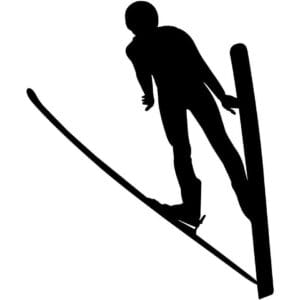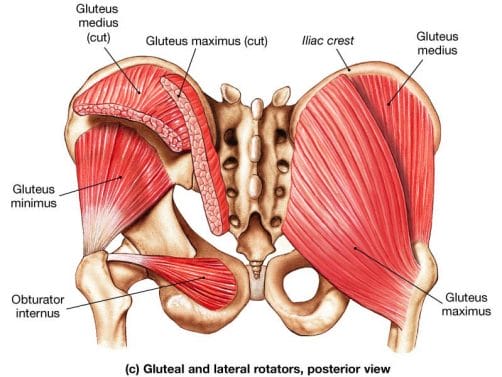While there isn’t necessarily a fast, easy fix for the discomfort now, there are ways that you can train your body to take care of your plantar fasciitis for good.
Ah, plantar fasciitis.
Or, perhaps more accurately: ahhhhhrrrrrrrggggggghhhhhh! Plantar fasciitis!!!
Those painful first steps out of bed in the morning, those painful steps at other times of the day. Rolling your foot on that golf ball or spiky ball or tennis ball. Stretching.
With how often people complain about plantar fasciitis, you’d think news would have spread about a solution. Alas, there isn’t necessarily a fast, easy fix.
There are, however, longer-term approaches that can decrease the likelihood of you having to put up with it for months on end.
Understanding Plantar Fasciitis
Plantar fasciitis is about inflammation of the stuff on the bottom of your foot. (Literally, plantar fasciitis means inflammation of the fascia on the plantar—or bottom—surface of your foot).
Inflammation, in this case, can also be interpreted to mean irritation.
What leads to this irritation? It is often the case that the plantar fascia becomes inflamed and irritated because it’s being overused.
This is usually a function of either or both of a slight forward weight shift and/or muscles on the back-side of your body being too short and tight.
In actuality, it’s usually a combination of the two:
Think ‘ski jumper’.

Whether it starts with muscles on the back side of your body being a little overactive and shortening or whether this happens as a by-product, the result is a posture that involves your center of mass being slightly forward.
(Hint: the muscles that most often end up being short and tight here are those deep hip rotator muscles. You know, under your glutes. Deep under each butt cheek.)

This ‘ski-jumper’ posture—whether it be standing or running—shifts your hips slightly forward over your toes…and makes the muscles and fascia on the bottoms of your feet work overtime to prevent you from falling forward.
What to do to alleviate your discomfort
Learn to settle (your bodyweight) backwards. This is more of a front-to-back centering.
How to do that? Start with this wall-sit breathing exercise.
This may or may not have an immediate impact on your symptoms. (Though I really wish it would!) The key thing to remember here is that we’re talking about a longer-term solution. Yes, it’s always nice when the pain goes away today…but the reality right now might be that the muscles and stuff on the bottom of your feet are inflamed and angry. If that’s the case, they’ll need some time to settle down.
From here, you can reinforce this position in your strength training. For example, as you do your split squats, try pushing through the heel of your front leg while simultaneously allowing your butt to shift backwards. (Somewhat counter-intuitively, a slight forward shift of your shoulders will help to accomplish this).
Similarly, when performing single-leg deadlifts, keep your standing knee bent (probably more than you might think) and try to find the heel of your foot when pressing into the floor to return to standing.
In both of these exercises, notice how much (or how little) your body weight ends up in your toes. What we’re aiming for here is a more evenly distributed ball-of-foot-through-to-heel sort of feel. We often emphasize ‘finding your heel’ because of the tendency to shift forward so much.
Over time, your body will learn how to yield and shift back towards center, which should lessen the burden on your plantar fascia. (You know, or not. This is just a blog post, after all).
Not currently strength training and not sure where to start? Not sure how to adjust your training to help with that pesky plantar fasciitis? Click here to learn about how you can try us out.

